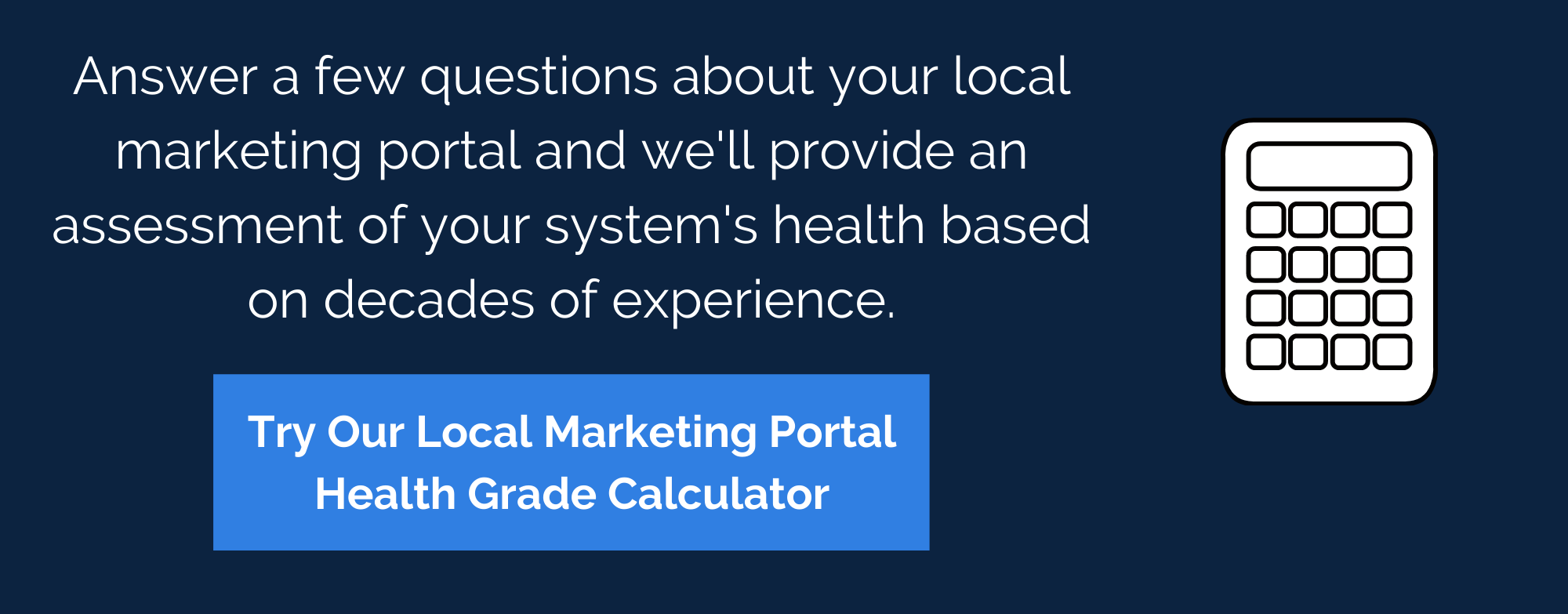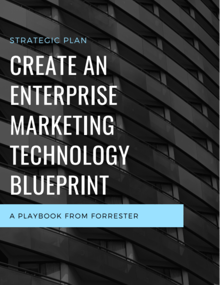Having spent almost two decades working with great companies on big, marketing-oriented DAMs, I’ve had the chance to see great brand-management systems take hold and become part of the fabric of the organization's culture. When this kind of natural, widespread user adoption happens, all the best promises of DAM —greater productivity, and better brand integrity, more asset reuse and marketing agility—start to appear.
But when user adoption falls off, the DAM fails to deliver benefits that justify all the effort that goes into its care and feeding. What's worse DAM switching costs (both external and internal) are often so high, that there's little budget or enthusiasm for replacing a DAM.
This is how so many enterprises end up with zombie DAMs on their hands.
In this post, we'll talk about five telltale signs that indicate your DAM is on its way to becoming a zombie—or worse, has already reached that stage.
We'll also offer a few easy techniques you can use to revitalize a zombie DAM, without having to go through a cycle of "rip and replace".

Zombie Sign #1 Declining User Adoption
Although obsessive tracking of User Adoption should be a given among DAM administrators, it's surprising how often folks lose sight of this crucial statistic. We recommend monitoring the ratio of active users to registered users on rolling one-month, three-month, and 12-month windows.
Of course, spotting low-user adoption is one thing; addressing it effectively is another. Here are a few suggestions for improving your adoption.
- If 1-month numbers are declining, take time to promote the most recent uploads of assets to your user community. Use your internal extranet or email lists. If your DAM provides a user-communication feature (and corporate policy permits broadcast communication), be sure to start there.
When promoting new assets, make sure to mention (and show) not only what the assets are, but what purposes they can serve. Often, occasional DAM users need to have the dots connected. Are new images good for use in localized landing pages? Say that specifically. Is the company launching a national campaign that can be reinforced locally? Provide guidance on how that can best be done. - If 3-month numbers are low, it's time to start digging deeper. Use your DAM's reporting module to identify high-frequency users and locate those who have stepped away. In distributed marketing environments, this means looking at the usage patterns of your partners in the field (franchisees, resellers, etc.). You may find that turnover has created the need for additional training sessions or outreach. Or, you may find that your asset library is missing things that the field needs—and can be easily supplied. Proactivity on this front can help to stem the erosion of your user base.
- If 1-year numbers are down substantially, you've got a challenge on your hands. Look for the time period where the decline first appeared, and identify potential causes. Do one-on-one conversations with top asset providers and asset downloaders to gather insights. Look at a report of zero-result searches, to see if users are having difficulty locating the assets they need. And once you've addressed
Zombie Sign #2: Competing Brand-Asset Libraries
One of the promises of DAM is that it will serve as the "single source of truth" for the brand's assets. But if your creative teams and business users are creating their own private Google Drives or DropBoxes, the DAM will never get the chance to achieve this "single source" status—and will likely begin to see its user adoption statistics decline.
In pre-COVID days, my coping technique for this problem would be to recommend to our client-side administrators that they take regular walks around creative, marketing and sales departments, in the hunt for those competing DAM elements. When you find one, take the time to determine what need is being addressed, and then figure out a way for the DAM to serve that need with greater simplicity and lower cost.
Now that so many of us are working from home, a strategy of "DAM management by walking around" won't cut it. So, instead, use your reporting system to identify users whose asset-upload activity has trailed off in recent months. See if some limitation or rule in the DAM has caused them to set up their own personal library, and if you can, work to eliminate that impediment. Also, build an email list of your most common uploaders, and share news with them regularly and enthusiastically about new features or capabiities on the DAM as they become available.
Zombie Sign #3: Few Downstream Integrations
More and more these days, the top users of a digital asset management system are other systems—in marketing, human resources, and other departments that might be far beyond a typical system administrator's field of view. These systems search for, locate, and access assets in the DAM through an automated interface, or API, that makes the process transparent to end-users. This is why Forrester, Gartner, and other leading analysts have said for some time that DAMs should be built with an "API-first" design—so that other systems can access them as quickly and easily as possible.
If your DAM lacks integrations with other asset-consuming applications, the likelihood of the system falling into disuse increases dramatically. So what can you do to address the problem?
- Make sure your DAM's API documentation is easily available to any team or department that needs it. With tools like Swagger available, there's no reason that your API contract (which governs how data is accessed and deployed) can't be made easily available to other systems and teams.
- Ensure that the process of securing API credentials (keys) is well documented and also easily available. Just like any business partner, your DAM should be easy to work with. Ensure that you have a process for verifying requests to use the API, and a method for monitoring and evaluating those external parties regularly.
- Speak with your DAM vendor (if you are using a third-party system), to understand the capabilities of the API and the method by which those capabilities might be enhanced over time. API-first architectures are intended to be agile and responsive to changing business needs. Test this proposition with your vendor to see if a change to the API typically takes days, weeks, or something longer.
- Introduce new capabilities that utilize the DAM. You may decide to rollout email marketing as a tool for users, or perhaps an ad or collateral builder. Remember that the more outlets you provide for the use of assets, the higher your asset-reuse numbers will rise -- and the greater the quantifiable ROI of your DAM.
Zombie Sign #4: No DAM Champion
Time and again in our work with enterprises, we have seen DAMs grow from small department-level applications into enterprise-wide service capabilities. That's an exciting and inspiring evolution to witness. But as the impact and influence of the DAM grows, so too should its visibility to your organization's leadership team.
DAMs that lack a strong, senior-level champion run a much higher risk of falling into disuse, or being ripped out and replaced because of a mismatch between capabilities and organizational needs. If your DAM is lacking that representation, here are a few steps you can take to help raise visibility and secure support.
- Build a Roadmap and Present It To Leadership: If you don't have background in technology, this might sound like a daunting task. But speak with your DAM vendor, and you may be able to use their road map by overlaying upcoming features with emerging needs within your organization.
- Advocate for a Budget: Given that DAMs serve a "foundational" purpose, it can be difficult to connect them to tangible revenue-generating or cost-cutting impacts. But hard though the task may be, it's important to make the effort. The most common sources of ROI come from increased productivity for creative teams, increased use of brand assets, and greater brand integrity and equity. Make sure to bring these benefits up with your leadership regularly, and use your usage reporting to make them tangible.
- Build Success Stories: Don't forget that real-life stories often carry the greatest weight with leadership. Look for examples of the positive impact your DAM has had, and share these with leadership.
How to Ensure Successful Adoption of Your Enterprise DAM
For creative and brand-marketing teams that are being asked to do more with fewer resources than ever, there's a natural temptation to think of the enterprise DAM as a "set and forget" system. But if our experience shows us anything, it's that a healthy DAM requires regular, disciplined care and feeding.
Given that time and effort, the system can help to serve large distributed user communities more efficiently and effectively, while preserving brand integrity. But without that regular investment, the DAM can easily lose traction and become a hindrance rather than a help. If you find yourself in that situation, we hope you'll schedule an appointment with one of our distributed marketing experts, and we'll try to find ways to help you reverse the trend.






